In 1995, while I was deep in the digital jazz revolution, creating the pioneering Jazz Central Station website, I still found time for my writing gigs – articles, liner notes, and booklets for CDs.
One day, I got a call from Richard Seidel, the big shot at Verve Records. They were dusting off some old gems, reissuing recordings from the 60s, especially those produced by Creed Taylor. Richard had a proposition: would I pen the booklet notes for a collection of Jimmy Smith’s masterpieces, the ones with Oliver Nelson’s big band arrangements? Hell yes, I would – that music was my jam from the 60s.
Richard passed me Lola Smith’s number, Jimmy’s better half. She was the gatekeeper for a detailed interview with the man himself. At the time, Jimmy was running a jazz joint in Northridge, in San Fernando Valley. I rang up Lola, who told me the best time to catch Jimmy after he woke up, had his breakfast and watched his westerns. She suggested I fax over my questions beforehand – we were diving into memories over thirty years old, after all. So, I zapped those questions through the next day. And I noted that the man who brought the Hammond B-3 organ to jazz was a fan of the western movie genre.
On the day I was set to connect with Jimmy Smith, the jazz legend, I cranked up my cassette recorder and dialed his number. I’d never crossed paths with him or caught his live act, but his tunes, particularly that Blue Note hit “Flamingo” with Lee Morgan’s trumpet magic, were staples in my collection. The phone just rang and rang. I buzzed Lola back, and we penciled in a new time to chat.
Take two. Jimmy answers the call. The person speaking has a voice that is notably rough and gravelly, reminiscent of Miles. I introduce myself. There’s a pause, followed by a questioning “Who?” It takes around five minutes for him to understand the situation. Finally, “oh yeah, you’re the motherfucker who sent me all those questions. I hate answering fucking questions.”
I decided the smart move was to butter him up first. “Jimmy, I’ve been listening to those recordings for thirty years. Oliver’s charts are a fine suit tailored just for your Hammond B-3.”
Silence.
“Can I ask you about something?”
“What?”
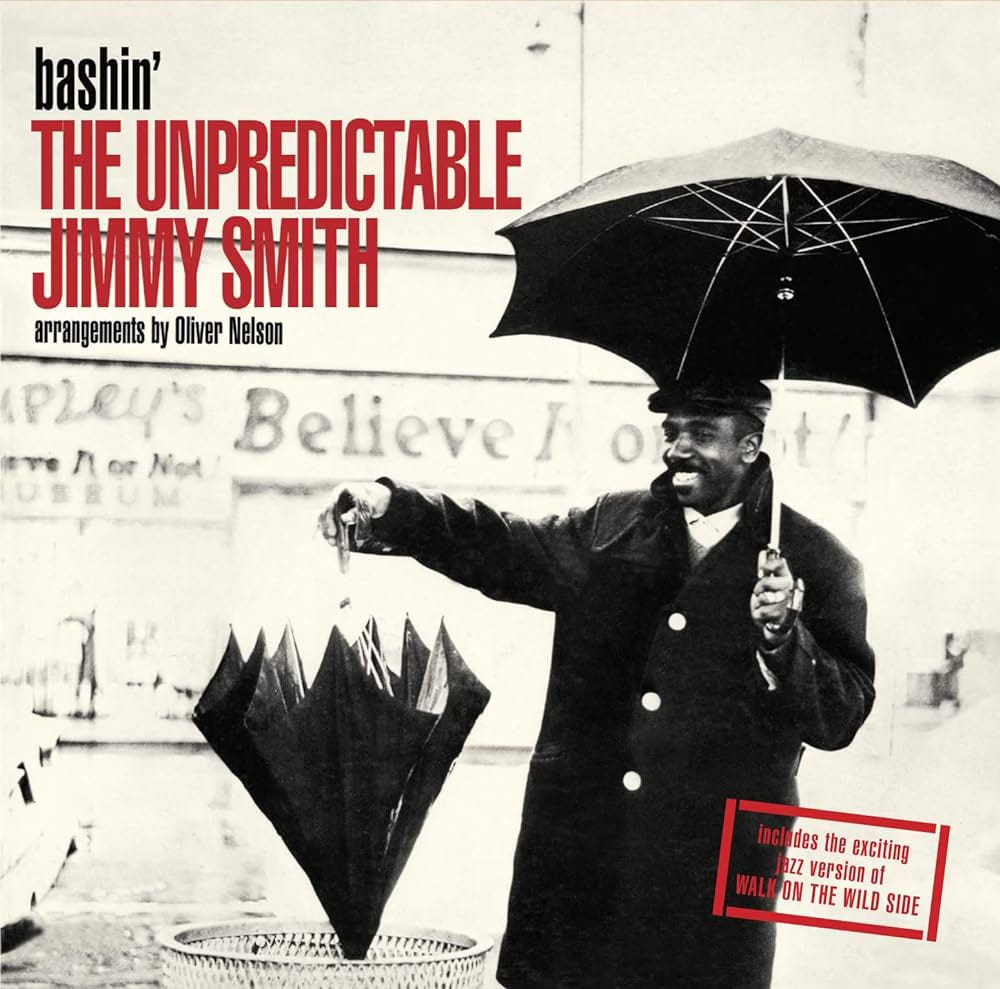
After laying down eighteen albums with Blue Note, Jimmy Smith switched gears in ’62, hitching his wagon to Norman Granz’s Verve Records. His debut there, “Bashin’: The Unpredictable Jimmy Smith,” not only hit the shelves with a bang but also marked his first tango with a big band. And who’s at the helm? None other than Oliver Nelson, one of the true greats of jazz arranging. This was a new playground for Smith, setting a smokin’ big band to his already legendary Hammond B-3 grooves.
“How did it work with Oliver Nelson? Did you talk about what you wanted, or did Oliver just bring the charts to the session?”
“Why are you asking me?”
Rather than remind him of the purpose of the interview, I decided to just move on. But I sensed there was trouble on the horizon.
“Of the great recordings you did with Oliver Nelson, did you have a favorite?”
“You know what the problem is with you white people, you don’t know how to ask a fucking question. If you would hang out with some niggers, and then, maybe, you would learn how to ask a question.”
I understood that getting answers to most of my questions was improbable, but I thought I could still gather something from him for my notes. Then, I planned to seek the details I needed from a different source.
“How did you like working with Wes Montgomery?”
“If you ask me another question you know what I’m going to do?”
“What?”
“I’m going to take your dick, pull it off, then barbeque it, put some sauce on it, and feed it to you as Black and White Ribs.”
When did my life become a Mel Brooks movie? That was probably the funniest thing I had ever heard. I must have laughed for two minutes. It was my first experience being threatened with castration, and it was even more unusual that it was by a well-known jazz musician over a phone call.
After I stopped laughing, he said, “next question.”
“I’ve got what I need Jimmy, thanks.”
After the call, I reached out to Richard Seidel who, apologizing, swiftly sent over a $500 check, my standard fee for writing a booklet, at the time. Shortly thereafter, I learned through a pal at the label that they opted for a black writer for the liner notes instead.
A few months later, Verve launched Jimmy on a European tour to promote his new release. Curiosity got the better of me, so I called Gary Bartz, a fellow musician on that tour. Turns out, the tour got cut short. Jimmy was wreaking havoc, hurling insults at both the musicians and the audience from the stage.
Bartz said, “why do you think Lola scheduled the interview at the beginning of his day?”
Then it clicked. Alcohol was the unspoken factor at play. Jimmy was bitter man, and a mean drunk.
But my passion for his music never waned. In this business, I learned to distinguish the artist from their art. Hanging out in the kitchen at the Village Vanguard when I first got to New York, rubbing shoulders with jazz giants I once idolized, I realized they’re just folks. Some are fantastic, others, not so much.
Jimmy Smith navigated through a time heavily marked by racial discrimination. In my encounters with others who have faced similar challenges, many still carry feelings of bitterness and anger, even decades later. Smith’s early days in music brought him face to face with segregation laws and widespread racial discrimination, especially in the southern states, but also in other parts of the country.
Jim Crow segregation law enforced racial segregation in all public facilities in the southern states, affecting where black musicians could eat, sleep, and perform. Often, they were not allowed to stay in the same hotels or eat in the same restaurants as their white counterparts.
Many venues were racially segregated, limiting where black musicians could perform. Not just in the South; even in more liberal areas, there were restrictions. There were real threats of violence against black musicians, especially in areas where racial tensions were high.
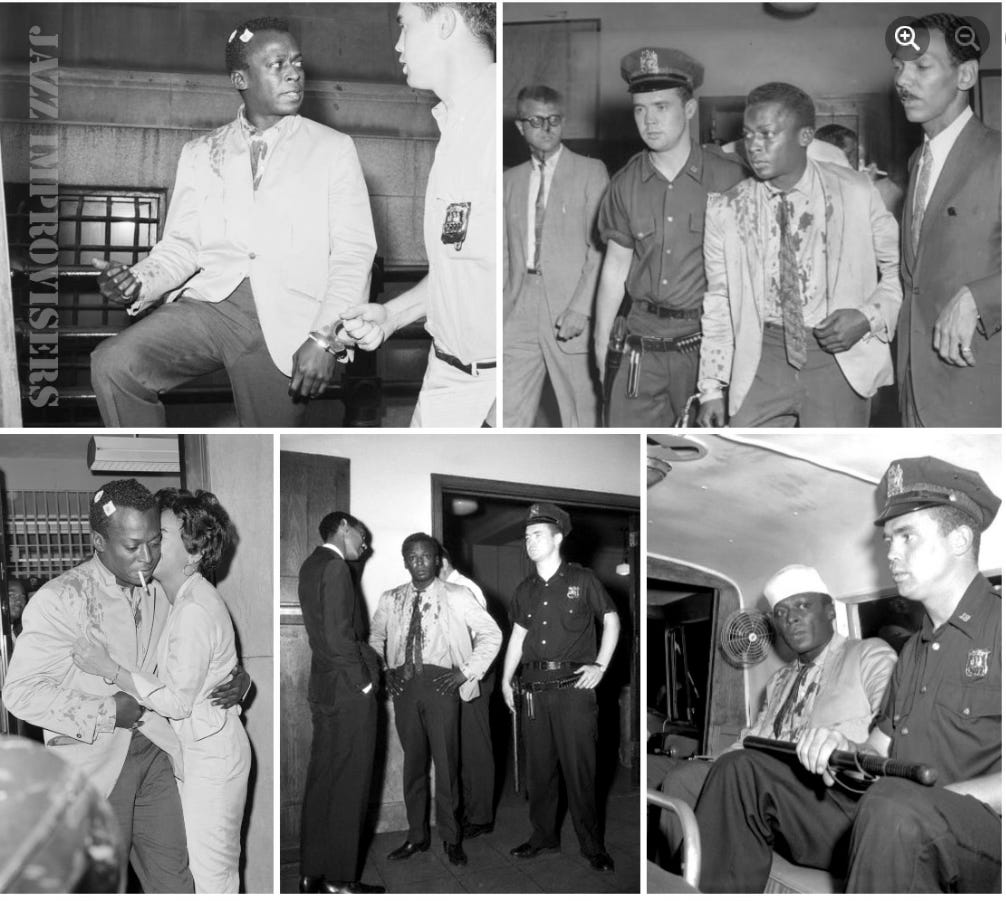
What about New York City? Well, in 1959, eight days after the release of Kind of Blue, Miles Davis was beaten by police and arrested outside Birdland. Davis had just recorded a Voice of America feed from the club — in other words, a broadcast for the armed forces — and was taking a break outside the club, Davis had stepped outside to escort a white female friend to a taxi. One of New York’s finest told him to move on, and when Davis explained that he was working at the club, the situation escalated, leading to his arrest and assault by the police. This incident was widely reported and became a notable example of police brutality and racial discrimination during that era in a supposedly liberal northern city. Davis was taken to jail and later to the hospital for treatment. He sustained injuries from the incident, including a severe beating that required stitches.
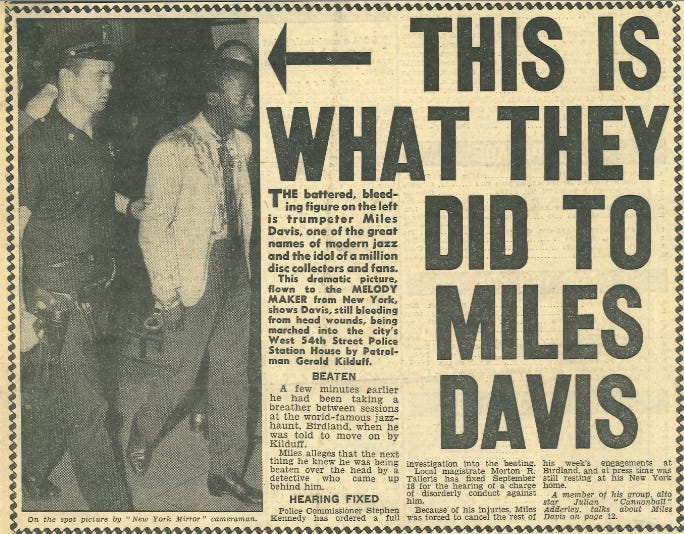
Despite these challenges, many black musicians of that era, including Miles Davis and Jimmy Smith, made significant contributions to American music.
America still grapples with racism. Will that ever change? I’m not a shrink, but I think we can say with some degree of certainty that racism did, and does, make people’s lives a living hell.
Now, the other side of the great Jimmy Smith, his fiery rendition of Bobby Timmons’ “Moanin'” with the Blue Note Big Band at the 1990 Mt Fuji Jazz Festival. All big bands need a great drummer and Lewis Nash fulfills that role here. His versatility extends to every musical genre.
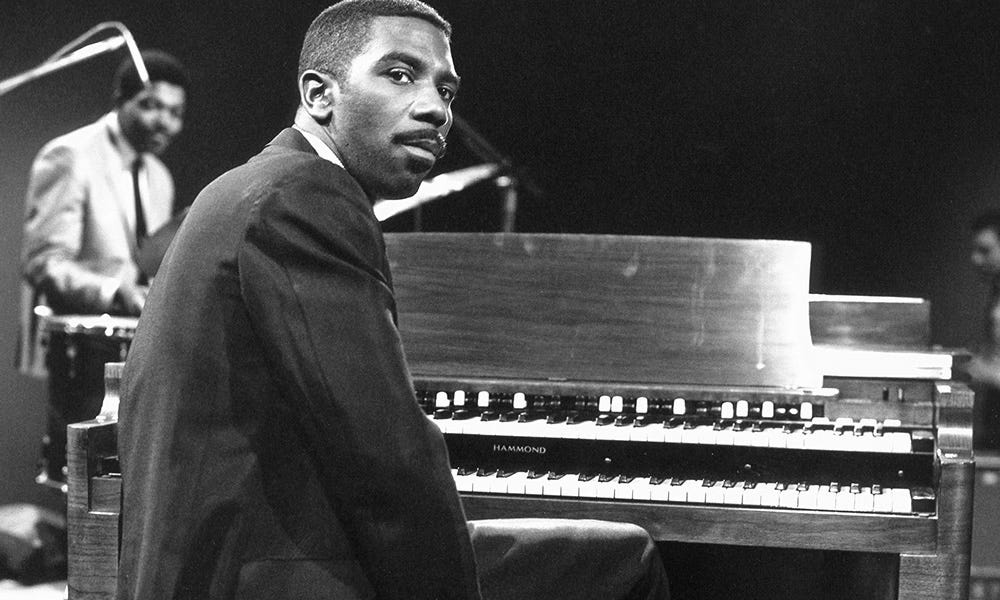

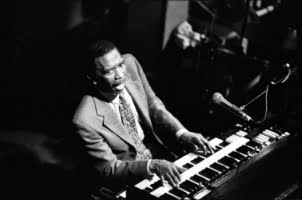




More Stories
CD review: George Benson – Dreams Do Come True: When George Benson Meets Robert Farnon – 2024: Video, CD cover
The band was tight as ever. The Warren Haynes Band cuts loose: Video, Photos
Interview with Alvin Queen: Feeling Good – I heard these tunes played by … Video, new CD cover, Photos